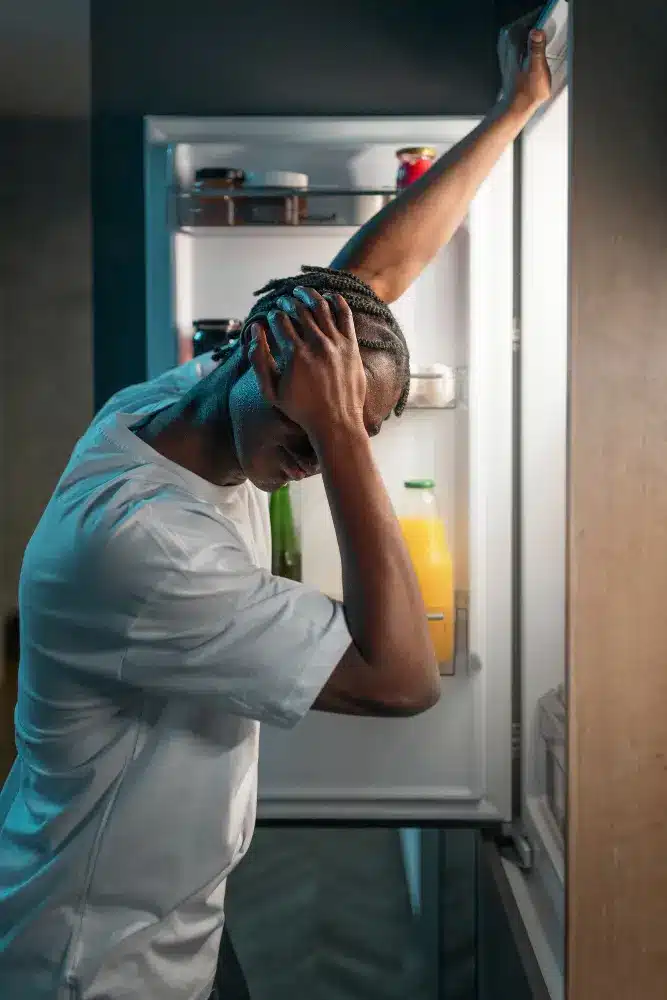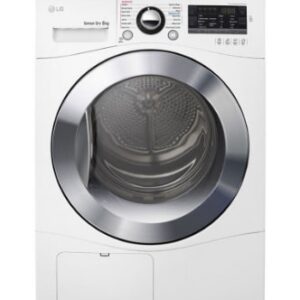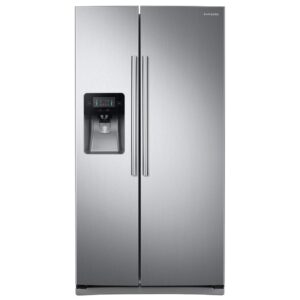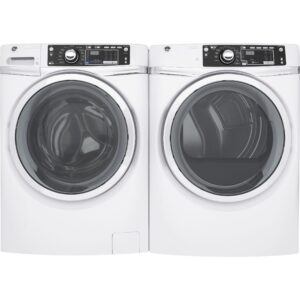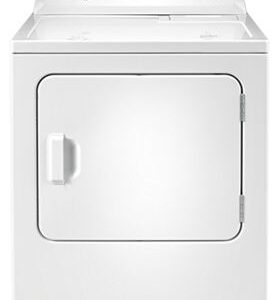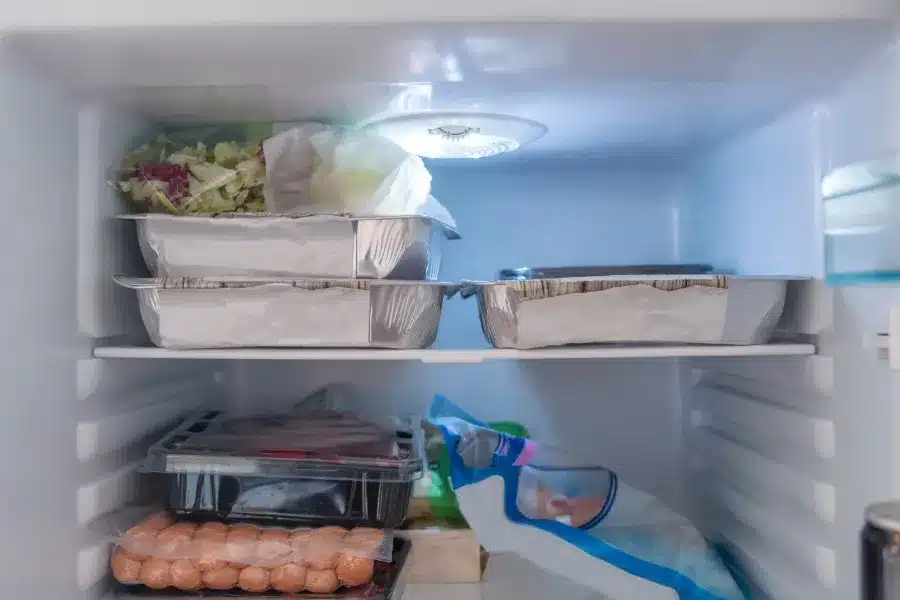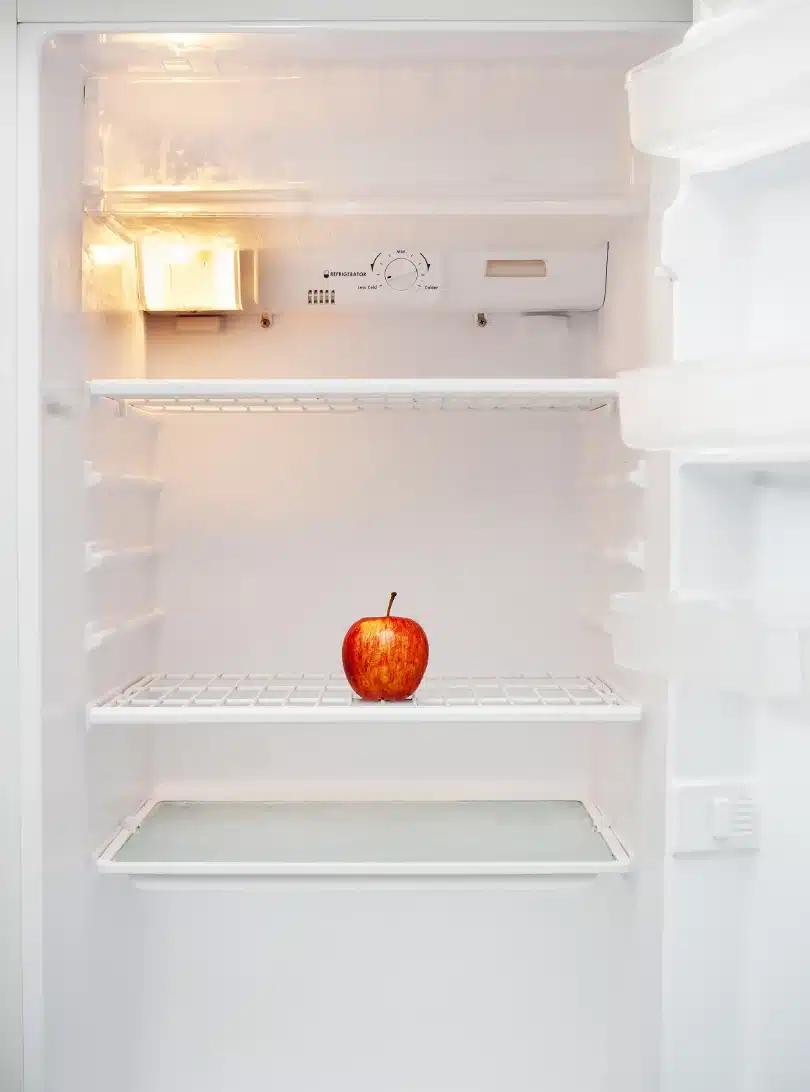A refrigerator is an essential appliance in every kitchen, keeping our food chilled and fresh. So, when you notice that your fridge is not cold enough or not cooling properly, it can be quite alarming. However, this doesn’t necessarily mean that you need a refrigerator replacement. In this article, we will explore the top 8 reasons why your refrigerator may not be cooling enough and provide you with solutions to troubleshoot and fix the issue, covering common refrigerator problems such as a brand new refrigerator not cooling or a fridge not getting cold enough.
1. Power Source Switched Off or Unplugged
The first thing you should check if your fridge isn’t cooling is whether it is still plugged into the electrical outlet and if the power switch for your kitchen appliances has been turned off at the breaker box. Sometimes, a simple overlook of the power source can lead to a fridge not cooling. If you open your refrigerator and notice that the light isn’t turning on and it’s not cooling, check the power source.
2. Improper Thermostat Setting
The thermostat plays a crucial role in maintaining the refrigerator temperature inside your refrigerator. If your fridge stops cooling, it’s important to check if the refrigerator temperature control is set within the optimal range of 32ºF – 40ºF. Sometimes, accidental changes to the refrigerator temperature setting by children or items bumping into the switch can result in inadequate cooling. Ensure that your thermostat is set correctly to avoid any cooling issues.
3. Blocked Vents
Proper airflow is essential for refrigerators to cool effectively. If your refrigerator isn’t cooling, it could be due to blocked vents in the fridge and freezer compartments. Overstuffing your fridge with food can lead to items obstructing the refrigerator vent and preventing the circulation of cool air. This can also cause food in the fridge to freeze. To resolve this issue, organize your fridge in a way that allows for proper airflow and remove any items blocking the vents or refrigerator vent cover. Additionally, check if the freezer vent is frosted over and remove the ice if necessary.
4. Dirty Condenser Coils
Over time, dust, dirt, and other particles can accumulate on the refrigerator condenser coil of your refrigerator, located either at the bottom or back of the fridge. This buildup can block the coils and make it harder for heat to be released, causing the compressor to work harder than necessary. To prevent this problem, it is recommended to clean the refrigerator coils every 2-3 months, especially if your environment is greasy or dusty, or if you have pets.
Cleaning the coils is a relatively simple process and an important part of refrigerator maintenance. First, unplug the refrigerator and locate the condenser coils. Use a vacuum cleaner or a brush to remove the dust and dirt from the coils. Be gentle to avoid damaging the coils or other components. Regular cleaning of the condenser coils can significantly improve the cooling efficiency of your refrigerator.
5. Dirty or Faulty Gaskets
The gaskets, which are the soft seals on the inside of your refrigerator door, are responsible for preventing the escape of cold air from the fridge, keeping it properly insulated. Over time, these gaskets can become dirty or worn, leading to air leakage and inadequate cooling. If you feel cold air escaping from your fridge, clean the refrigerator door gasket and the edges of your appliance with a sponge and warm, soapy water.
If cleaning the gaskets doesn’t resolve the cooling issue and air continues to escape, it may be necessary to replace them. In such cases, it is recommended to schedule a refrigerator service appointment with a technician to diagnose the problem and carry out any necessary repairs.
6. Insufficient Space Clearance
Proper space clearance around your refrigerator is crucial for its optimal performance and is a key aspect of refrigerator troubleshooting. During the cooling process, heat is released when the vapor refrigerant condenses into liquid form. To ensure efficient cooling, your fridge needs at least ½ inch of clearance on the sides and 1 inch in the back. Check your refrigerator’s installation instructions to determine the appropriate clearance space required.
Insufficient space clearance can hinder the heat dissipation process, causing the refrigerator to work harder and potentially leading to refrigerator issues such as inadequate cooling. If you find that your fridge is not cooling properly, make sure it has sufficient space clearance and adjust its positioning if necessary.
7. Broken or Stuck Condenser Fan
Most refrigerators are equipped with a condenser fan located behind the appliance, a critical component of the refrigerator cooling system. This fan helps keep the condenser coils cool and prevents the compressor from overheating. If you notice that the fan has stopped working, it can result in poor cooling performance. In such cases, it is advisable to consult a professional technician for repair.
A broken or stuck condenser fan, a common refrigerator problem, can be caused by various factors, such as a faulty motor or obstruction. A technician will be able to diagnose the exact problem and provide the appropriate solution to ensure proper cooling.
8. Faulty Circuit Board
The circuit board, also known as the brain of the refrigerator, controls various functions, including temperature regulation and powering individual components. If you have checked and troubleshooted all other possible causes and your fridge still isn’t cooling properly, it may indicate a faulty circuit board. Replacing a circuit board can be expensive, so it is recommended to seek professional refrigerator diagnostic assistance to diagnose and repair this issue.
Why is My Freezer Cooling, But Not My Fridge?
If you find that your freezer is cooling, but your refrigerator is not, there could be several reasons for this imbalance, which may require a refrigerator freezer not cooling diagnosis. Some potential causes include:
- Faulty or Stuck Evaporator Fan: The evaporator fan circulates cold air from the freezer to the refrigerator compartment. If the fan is not working properly, it can result in inadequate cooling in the fridge.
- Stuck or Closed Damper Control: The damper control regulates the airflow between the freezer and the fridge. If it is stuck or closed, it can restrict the flow of cold air into the refrigerator compartment.
- Faulty Thermistor: The thermistor is responsible for sensing the temperature inside the fridge and sending signals to the control board. If the thermistor is not reading the temperature correctly, it can lead to cooling issues.
- Temperature Circuit Board Needs Replacement: The temperature circuit board controls the operation of various components, including the fan and damper control. If the board is faulty, it may not function properly, resulting in an imbalance between the freezer and fridge temperatures.
After performing refrigerator troubleshooting and ensuring that the components are in working order, seeking the expertise of a professional technician is recommended to further diagnose and resolve the cooling issue.
Additional Tips for Maintaining a Properly Cooling Refrigerator
In addition to troubleshooting specific problems, adhering to refrigerator maintenance tips is crucial for maintaining your appliance’s optimal cooling performance:
- Keep the refrigerator door closed as much as possible to prevent cold air from escaping.
- Avoid placing hot or warm food directly into the fridge. Allow it to cool down to room temperature before refrigerating.
- Regularly clean the interior of the fridge, including shelves, drawers, and door seals, to prevent the buildup of dirt and bacteria.
- Check the temperature settings periodically to ensure they are within the recommended range.
- Avoid overloading the fridge with food, as it can restrict airflow and hinder cooling.
- Regularly defrost the freezer if it is not frost-free to maintain proper airflow and cooling efficiency.
By adhering to these refrigerator maintenance tips and resolving any particular issues, you can maintain your refrigerator in optimal working condition, ensuring efficient cooling for your perishables.
Conclusion
A refrigerator not cooling properly can be worrisome, but it’s not always a sign that you need to replace fridge. Identifying and remedying the causes of poor cooling, such as issues with the power source, thermostat settings, blocked vents, dirty coils, faulty gaskets, insufficient space clearance, broken fans, or a malfunctioning circuit board, can prevent the need for a premature refrigerator replacement.
Regular refrigerator maintenance and proper organization of food items, along with adherence to best practices for usage, can help ensure that your fridge continues to operate effectively. For complex issues, refrigerator troubleshooting with a professional technician is advised.
Proactive refrigerator maintenance is key to preserving the freshness and quality of your food, ensuring any cooling issues are swiftly addressed to maintain an efficient kitchen.
If you’re searching for ‘refrigerator rental near me’ or pondering ‘how often should landlord replace appliances’, consider A&A Appliance Leasing. They offer a variety of appliance rental options, including the convenience of ‘rent to own refrigerator’ and ‘lease refrigerator’ services. With quick delivery and no credit check required, you can ‘rent a refrigerator for a month’ or longer, ensuring you’re covered even if you’re in need of a ‘temporary refrigerator’. For those in Austin, Houston, Dallas, Waco, and San Antonio, Texas, ‘refrigerator rentals’’ are available. Start your ‘refrigerator leasing’ journey today.


